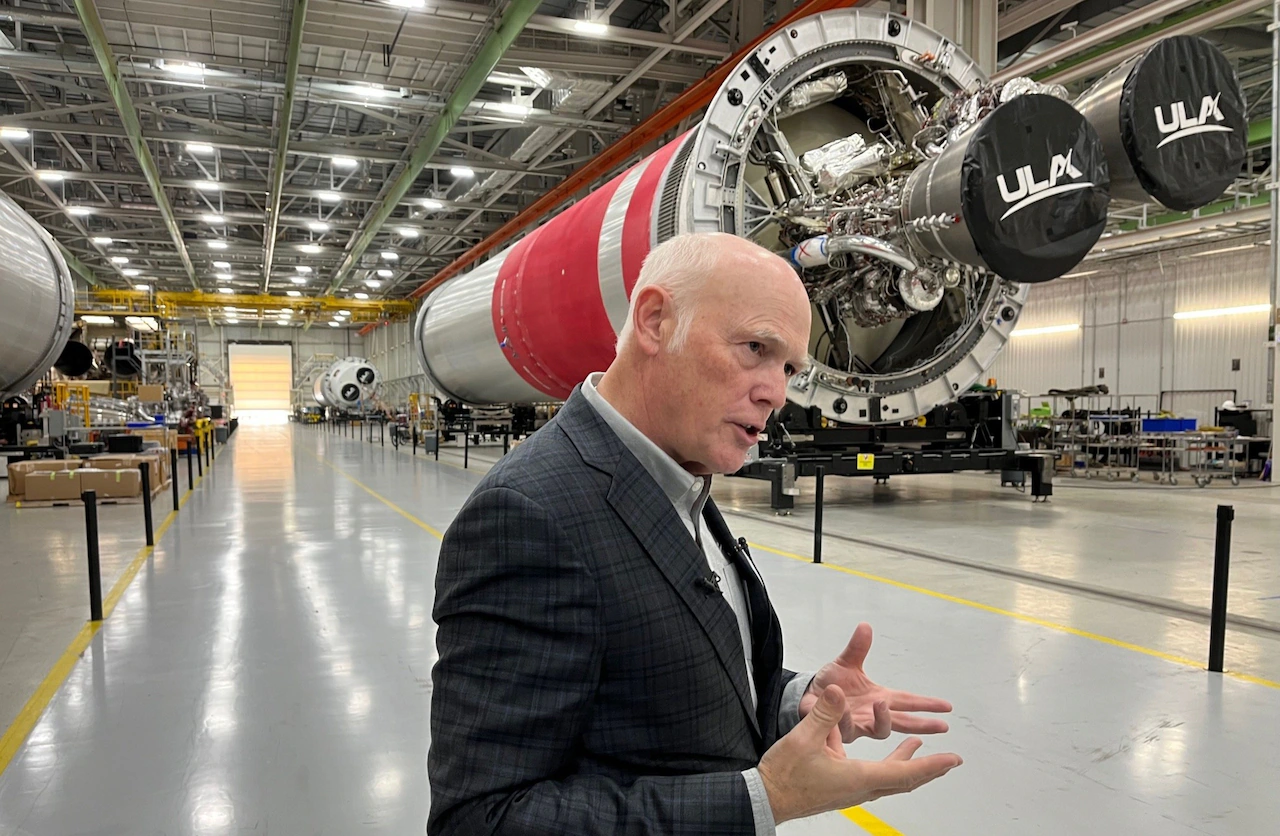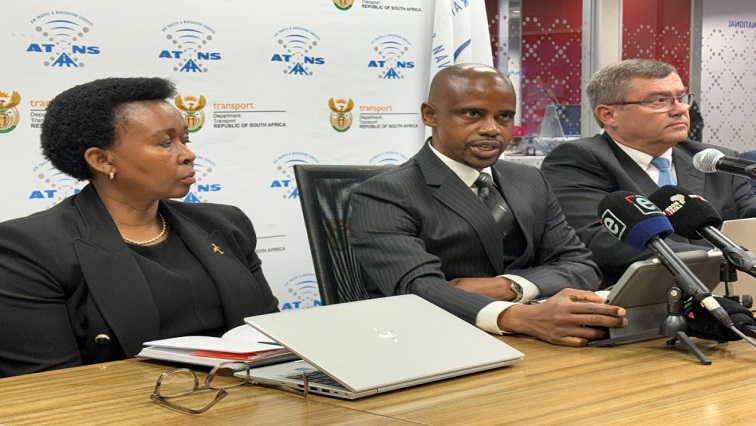Copyright AL.com

United Launch Alliance CEO Tory Bruno admits the decision to build only Vulcan rockets at the world’s largest rocket factory in Decatur is a little “bittersweet.” That means saying goodbye to the Delta IV and Atlas V rockets that have been built at the 2.2 million-square foot facility not far from the Tennessee River since it opened in 1999. “The Atlas V, what a workhorse,” he said of the latter. The last of the Atlas Vs have been built, with 12 currently in storage at the plant or at launch sites, with one scheduled for launch this week. The Delta IV was retired in 2024. Putting nostalgia aside, the transition is a good one for the factory and its workforce, Bruno said. The Vulcan rocket is designed to go deeper into space, travel faster and carry a heavier payload. It has been designed to meet the needs of one of ULA’s largest clients, the U.S. government ULA and competitor SpaceX both have national security contracts with the government. “To see the world’s largest rocket factory jammed full of rockets and all of the new technology we’ve brought … and the new people who are working here, this is pretty exciting stuff,” he said while leading a tour of the assembly process at the plant. The workforce has grown from about 600 to more than 1,000 in the last five years. “We’re not done yet,” Bruno said. “There is a giant global shortage of launches, so it is really important to the country that we ramp up this launch rate. We’re building rockets here as fast as we can.” Bruno said the plant produced Atlas V rockets at a rate of 10 to 12 per year. The goal now is to produce 20 to 25 Vulcan rockets a year. “We have brought in tooling, equipment and investment that will allow us to ramp up at a high rate,” he said. “We are also bringing in things we used to purchase elsewhere under this roof to produce them ourselves.” Components for the heat shield used on the rockets at the plant had been made in Switzerland, he said. Now they are made at the Decatur plant. The dome spinning technology also had been produced elsewhere. But now that is done in-house. And Bruno said a list is still being compiled of other components and services that can be consolidated and brought to the facility. He said his company’s investment in the plant is now at about a half-billion dollars. Some of the rockets being produced at the plant are being launched to carry Amazon’s Project Kuiper into space. Project Kuiper is a low Earth orbit broadband constellation designed to compete with SpaceX’s Starlink network. “Right now, there is one major provider (Starlink),” Bruno said. “But when Amazon comes online, there will be two and there will be competition. There will be choice in the marketplace.” He estimates about two-thirds of the launches in the next couple of years involving Atlas V and Vulcan rockets built at the plant will be used for Amazon missions. Another focus at the plant is producing rockets for national security missions. “Basic military operations require space,” Bruno said. “The ability to go to space at will at any orbit we need is now essential in maintaining that infrastructure that we need to keep the peace and discourage adversaries like China, for example, or Russia or North Korea from challenging that peace and challenging America’s security.” That includes playing a role in President Donald Trump’s Golden Dome defense initiative. Bruno said Golden Dome czar Gen. Michael Guetlein has released part of the architecture for the initiative. Bruno sees Vulcan rockets lifting elements of Golden Dome into space. “They will compete missions,” he said. “We will compete for them. I’m sure we will win a few.” Despite having the U.S. government as a major client, Bruno said the plant has not been impacted by the shutdown of the federal government. “The government has actually done a pretty good job keeping us going,” he said. “If you had asked me two days ago, I would be wringing my hands a little bit because of the mission that was going to fly Wednesday night.” The mission scheduled to be launched on one of the last Atlas V rockets required a special FCC license. The online site needed for ULA to pay for the $75 licensing fee was down. But Bruno said ULA was able to get the license approved. The rocket carrying a satellite for Viasat, a global technologies company, was scheduled to lift off from Cape Canaveral at 9:24 p.m. Wednesday night.



